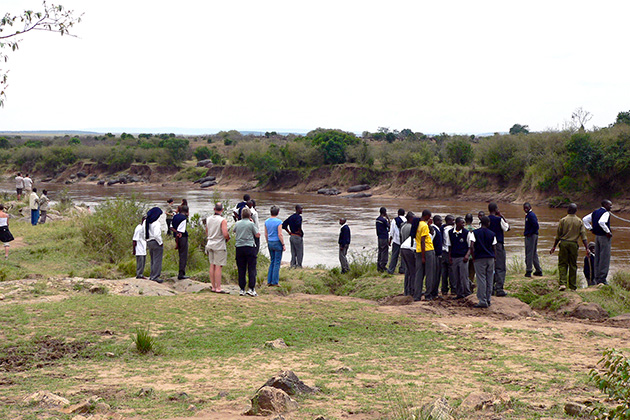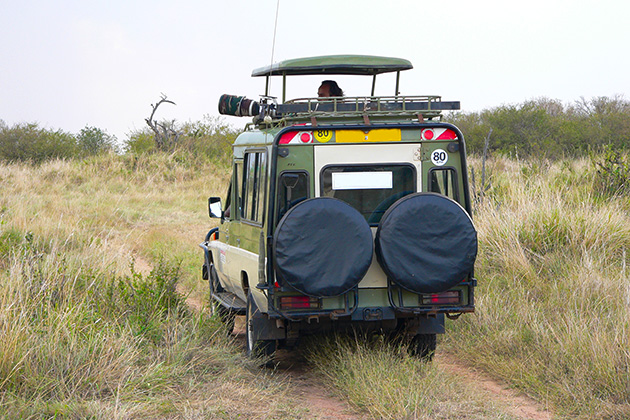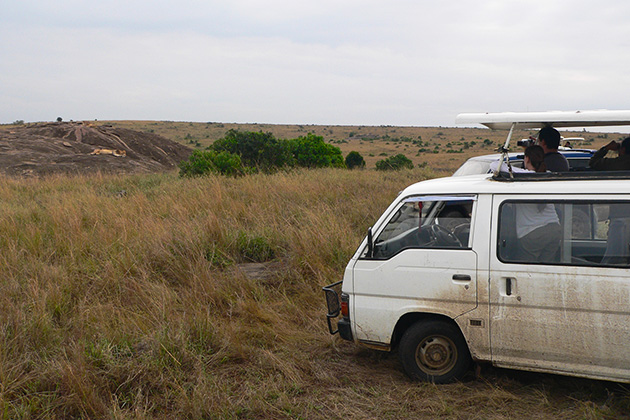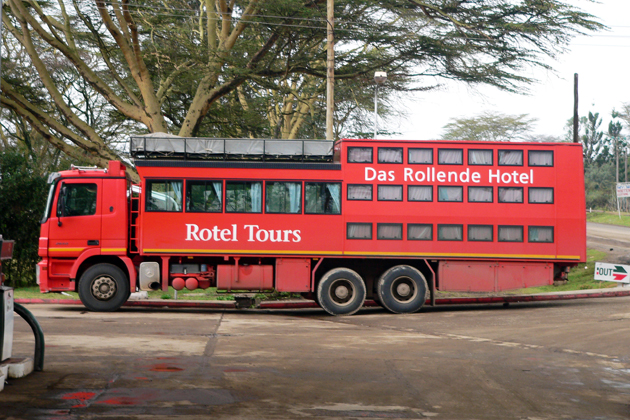articles
photo trip or photo tour?
Photo tours are guided group trips organised by photographers for amateurs, photography beginners, and even for tourists with no serious interest in photography but wanting to watch how those pictures they see on TV and in books are being created. Along with workshops, for nature photography professionals, such tours are today the main source of income.
why photo tours are a good thing?
First of all, photo tours are a kind of meaningful eco-tourism. A photo tour is an opportunity for a non-professional to have other purpose for visiting the wild nature than just recreation.
Channeling photo tourism mainly to iconic places helps to save other nature sites from too much pressure through human visitors. If masses of photographers go to one location, they will certainly be a huge disturbing factor for wildlife and even would lead to changes in vegetation, soil, and — at long perspective — the entire habitat. Guided photo tours to places where this has already happened contribute to preservation of wilderness elsewhere — in not so popular or not so well accessible destinations.

Sadly for a nature lover, this is a typical picture of an Eastern African national park. Tourists watching hippos at a bank of Mara River, Kenya.
A tour is a good opportunity to meet other photo enthusiasts. In my opinion, this is the best argument in favour of photo touring.
Other than of a private photo trip, the results of an organised photo tour are predictable — sometimes even guaranteed. If you want photos of popular species, such as lions, orang utans, hummingbirds, etc., you can be sure to get them if you are on a photo tour. With reasonably good photographic skills you can even achieve an image quality like in books, on posters, magazines, or films.
If you are an absolute beginner in photography and have purchased your first camera just before departure, you shouldn't expect to learn much during a photo tour though. You will certainly have many opportunities to practice photography, but photo tours aren't photography courses. It may happen that you won't like the photos you have made. Don't be frustrated then because you had a good time "playing an explorer". If your interest in photography is serious, you will improve your skills at home till you go for another photo tour.
A private trip is very different from a standard tour. When I travel somewhere for the first time, I almost never know what exactly to expect. Certainly, the information that I gathered about the locations during the preparation is usually correct but not always complete or exact. Also I typically underestimate the difficulty of finding and approaching the animals I am going to photograph. I never know for sure how much time I would need, and very often the time that I have initially planned will be too little. Typically, you won't have such problems if you are on a photo tour that has been successfully carried out already many times with other groups of tourists.

A photographer in a privately hired safari car. It costs much more than to share a minibus with other 5 people, but there are usually no alternatives for those who take wildlife photography in Africa serious.
Going on your own private trip may be less expensive but often it will not. Usually you can save some money choosing and arranging accommodation and transport yourself according to your own needs. You may sacrifice much of the comfort that is typically provided to participants of a group tour. You also don't need to pay anyone for any kind of organisation work. However, according to my experience, self-organised trips may be more expensive at least for two reasons. First, they are often longer because a photographer needs more time to find a subject or is free to spend much more time on a location. Second, a private trip often goes to a place with poor infrastructure. Sometimes, this even means that you have to bring enough water, food, fuel and everything necessary for the time that you are going to spend at the location. The transportation to the place may also cost you more if you would need a good 4WD car or even a helicopter that you have to pay alone. If it is a group, such expenses are shared between all participants that makes it cheaper for a single one.
On organised tours in large groups people are safer. Especially, when such a tour goes to a standard tourist destination with good infrastructure, not only comfort but also personal security of the participants is at higher level than when someone goes alone to a remote place with little civilisation. In general it is true, for instance, that the larger and the more comfortable the hotel the safer it is to stay in it and to leave luggage in the room. However, I have observed that people who are obviously tourists tend to be more attractive for all kinds of burglars than those who are just travelling with a clear goal and to a concrete destination. In many countries, tourists are safer than just travellers only when they are moving around in a group or in a vehicle and are accompanied by a guide or sometimes even guards.
why i never participate in photo tours?
Despite all the advantages of photo tourism that I described above I'd never join such a tour. I also never buy standard tour packages offered by local companies in the destination country for photographers, bird watchers, eco tourists... Instead I organise all my trips myself for the following reasons.
First, it is virtually impossible to make an original photo during a photo tour. Such tours usually go to standard, popular destinations. Those touristically very attractive places are among most photographed on Earth. Landscapes, animals, buildings and even people there are just photographed "to death" by many hundreds or often even thousands of photographers every year. In an organised tour, your daily activities are always ruled by the tour programme. Your own day plan and all movements are in the group, co-ordinated and organised by the tour leader. You can't yourself decide how much time you spend at a particular location, where you go next, if you return to a place where you've been already... Usually, you even can't choose yourself the subjects you photograph: you are being brought together with others to those subjects that are planned in the tour programme. When you are photographing in a group and hence are forced to do it together with others, there are little chances for your images to look different, not to mention, original.

Tourists in safari buses watching lions in Masai Mara, Kenya. When I took this photo, there were at least 6 such buses standing in front of this small pride. Drivers exchange information on radio about the locations of animals they find. For a reason that I do not quite understand, lions seem to be the most popular animal species for tourists in Africa. When one driver finds them, a dozen of safari vehicles would rush to this place.
Second, I avoid places of mass tourism. I am doing nature photography not because of photography but because of nature. Thus, when I am going to photograph nature, I want the place to be a wilderness — where the landscape looks original and the animals behave naturally. For instance, all great waterfalls on the Planet have been made tourist attractions. Roads, parking lots for buses, observation platforms, tourist shops, and even restaurants were built at them, while typically no attempts to preserve the original look of the landscape were made. Such wonders of nature are now profit making enterprises, and their exploitation has nothing to do with nature protection and conservation. People come there to see a show — huge masses of water falling down — but not to enjoy wild nature site. When I would visit a famous waterfall, or canyon, or whatever place advertised as must-see for wide public, I would do it only for curiosity — and not as naturalist, or photographer. Unfortunately, the same happened to many other originally natural sites, such as African savannah, or Asian rainforest, or European mountains: They became increasingly overused for tourism in the past two or three decades and gradually lost their natural look. In African savannah parks, for instance, to intensify the throughput of tourists, authorities allow only movements by car. This resulted in dense network of roads that made the landscape look much like a countryside in steppe areas of Europe. Sometimes cars drive off-road creating new trails that become new roads when more cars follow. At peak times in places most popular for tourists, no 5 minutes pass when there is no tourist car in your view field.

A large truck that serves as a moving hotel. It brought tourists to Masai Mara Wildlife Reserve, Kenya, during annual wildbeast migration. While people aren't allowed to walk, such huge vehicles can drive in protection areas in Africa.

A typical view in a national park: A safari bus is raising dust. Very often you can't stop on a road for a photo of a bird or an antelope and have a clear view because others are rushing to a lion or a cheetah.
Being more a naturalist than a photographer, I prefer my own photo trips that I plan and organise myself. I prepare myself for every trip very thoroughly — research information about locations, read books and articles about flora and fauna, if necessary, purchase additional equipment, etc. I do all this many months in advance. Usually I know at least a year before the trip starts where and when I will be going for it. You don't need all this preparation work for a standard tour organised by a tour company. Many people would see it as advantage and as an important reason to prefer this kind of travelling. But I feel just the opposite, and this is my third reason not to be a photo tourist.
Of course, I usually don't travel alone, and anyone who shares my interest in nature and photography and the style of travelling is welcome to join me. In that case I am not doing a business organising a photo tour. When I travel together with someone, we are equal partners, i.e. we organise the trip together and share costs.